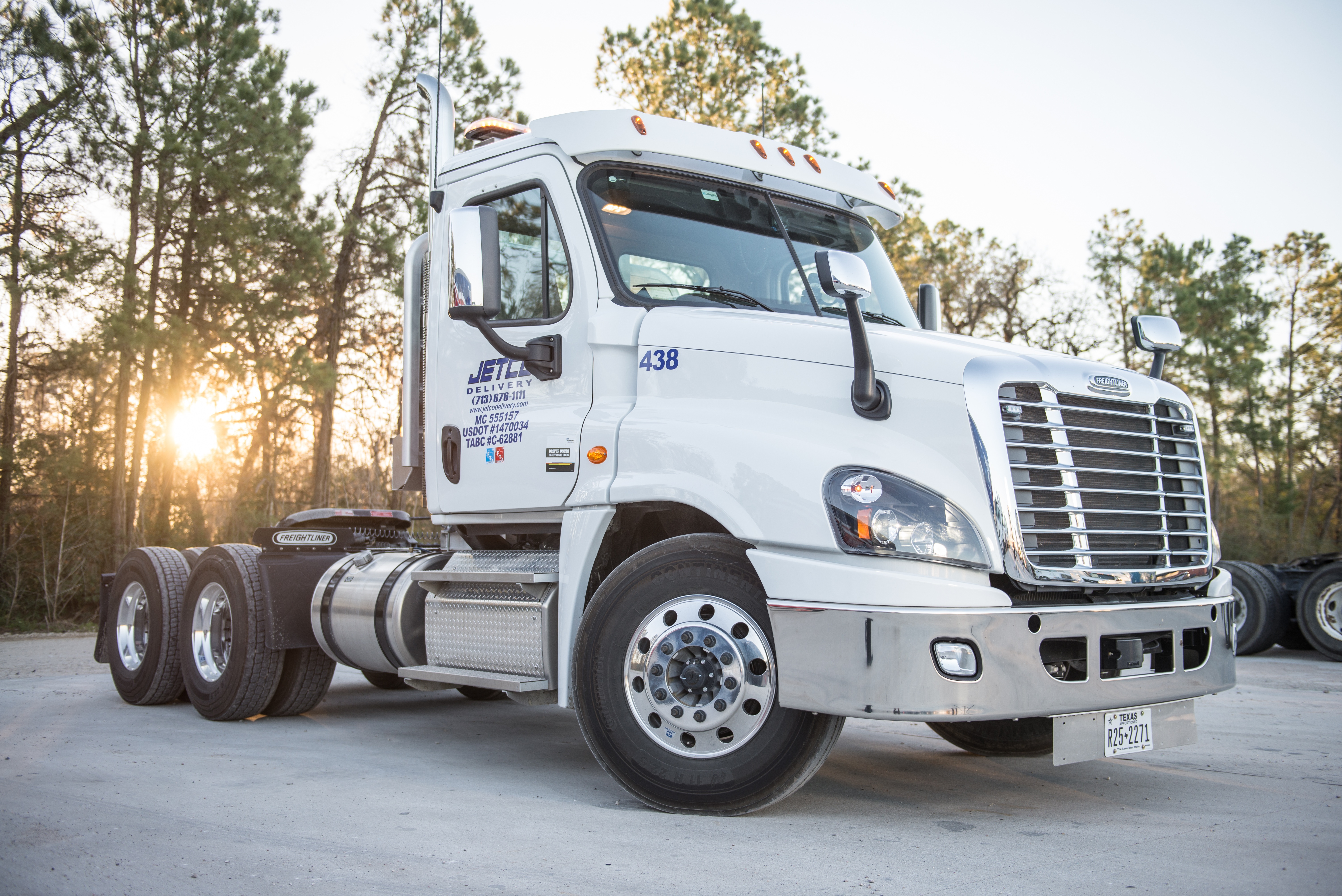America is experiencing an unprecedented truck-driver shortage. The shortage is so severe that it threatens to derail economic growth. In this three-part series, I will address how we got to this point and what we can do to fix it, how shippers can create capacity now, and the role of automated trucks in addressing the capacity crunch.
How Did We Get Here?
Before we can address how to solve the capacity crunch, we need to understand why it has occurred. While there are several contributing factors, the following are paramount:
Demographics.
How did such a severe capacity crunch occur? Demographics is the main reason is: our driver pool is aging. The average American truck driver is in his or her mid 50s. The American Trucking Association projects that nearly 500,000 truck drivers will retire by 2026, and the truck driver shortfall will be close to 200,000 by that time.
Too Good to be True?
The much-needed electronic logging device mandate has taken hold without all the drama that some feared. There has not been a mass exodus from the industry. The mandate is working. Hours of service violations have been cut in half. The industry is now playing on a level field in terms of the hours we may legally drive. People cannot cheat as easily. The days of carrying two sets of logbooks are over. This means unrealistic delivery schedules (i.e., achievable only if you break the rules) are in the rearview mirror. This has translated into longer lead times for shippers. Companies who used to regularly break the Federal Hours of Service rules had to change how they operated. For shippers, if the delivery time felt too good to be true, it probably was.
A Tight Insurance Market.
Insurance companies such as Zurich and AIG have throttled back on writing “for hire” truck driver insurance. Primary and umbrella policy rates are rising, because jury verdicts are out of control, distractions on the road are at high levels and many jurisdictions lack tort reform. For example, my company acquired a business that could no longer afford its premiums. Look for more trucking companies to experience sharply rising insurance costs and to pass those costs through to their customers.
What do we do about the crunch?
Trucking is cyclical. In times of peak demand (like now), the capacity crunch is acute. In times of low demand (like 2016), we do not feel the crunch in real time and lull ourselves into ignoring underlying fundamentals. Here is how we can address the capacity crunch:
Attracting Young Drivers.
Emphasis must be placed on attracting younger drivers fast enough. For a long time, low rates have resulted in low wages. Truck driving is a demanding profession, and candidates for a truck-driving career have plenty of other options. An environment of low wages has made truck driving less attractive. The supply chain has reaped what it has sowed. Wages are finally rising. As truck drivers are paid what they are worth, capacity will gradually return.
Show Respect.
Attracting truck drivers is not solely about money. Our country does not show sufficient respect for professional drivers and other skilled trades. As a society, we need to show more gratitude to truck drivers. If it weren’t for professional truck drivers, we’d be hungry and naked; everything we have has most likely been touched by a truck.
Make A Smooth Military Transition.
We can do more to help the men and women who served our country get behind the wheel. Some larger fleets operate schools to facilitate this. For most fleets, insurance companies require experience before insuring a truck driver. It’s often difficult to obtain proof of equivalent experience from the military, and this process can be streamlined. Specifically, Congress can make veterans’ military occupational certifications more easily transferable to the civilian workplace.
Immigration Reform.
When it comes to undocumented immigrants living within our borders, we need to build bridges, not walls. If we define a pathway to citizenship, we can bring people out of the shadows and into industries. Congress must act on DACA now. At a time when truck drivers are in short supply, we have a solution that is looking us in the eye and is simultaneously illusive. Policies that restrict immigrants from seeking jobs will keep the labor supply tighter than it needs to be.
Ban the Box.
Many jurisdictions now prevent employers from asking about conviction records early in the hiring process. I do not necessarily like the government telling employers what they can and cannot ask when it comes to this issue. However, from a practical standpoint, we need to change our thinking about individuals leaving the penal system. If a person has been convicted of a crime and served their time, we need to integrate them back into society. Yet, many former inmates continue to be punished after they are released. Litigation fears deter many employers from offering opportunity to this segment of society. Let’s make it safe for employers to integrate people back into the workforce after incarceration.




